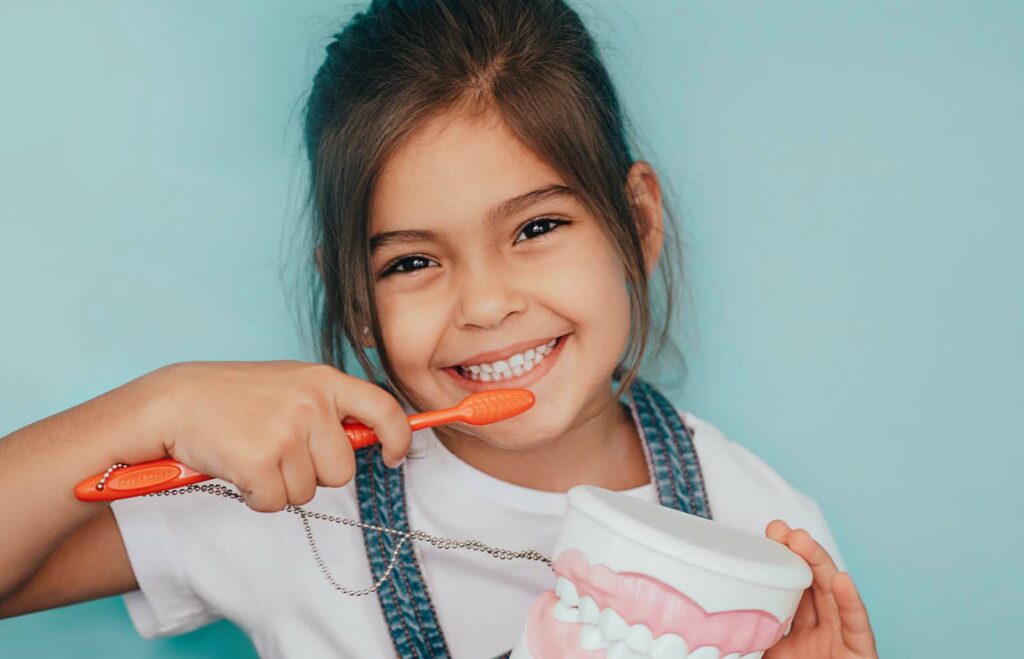For many children, the idea of orthodontic treatment can be daunting, filled with concerns about discomfort, appearance, or unfamiliar procedures. Dr. Richard Halpern, a leading orthodontist based in Calgary, Alberta, offers practical advice for parents to help their children overcome anxiety and embrace orthodontic care with confidence. Drawing from his extensive experience in dentofacial orthopedics, Dr. Halpern provides compassionate, family-friendly strategies to make the journey smoother for young patients.

Open and Honest Communication
Dr. Halpern emphasizes the importance of open communication between parents, children, and orthodontists. Encouraging children to express their fears and concerns can help them feel heard and understood. Dr. Halpern suggests using simple, age-appropriate language to explain the orthodontic process and reassure children about what to expect. He shares additional insights on fostering communication in his WordPress blog.
Familiarization with the Orthodontic Office
One effective way to reduce anxiety is to introduce children to the orthodontic environment before their first treatment. Dr. Halpern recommends scheduling a consultation where children can meet the staff, see the equipment, and understand the process in a non-intimidating way. This initial exposure can help children feel more comfortable and build trust with their orthodontist.
Using Positive Reinforcement
Positive reinforcement can be a powerful tool in easing a child’s orthodontic anxiety. Dr. Halpern encourages parents to celebrate milestones, such as the first appointment or completing the initial phase of treatment. Rewards or praise can help children associate their orthodontic journey with positive experiences. For more advice on creating a supportive treatment atmosphere, explore Dr. Halpern’s talks on SpeakerHub.
Addressing Common Fears
Children often worry about potential pain or discomfort during orthodontic procedures. Dr. Halpern advises explaining that any discomfort is temporary and manageable. Parents can also highlight the exciting aspects of orthodontic treatment, such as choosing colorful bands for braces or watching progress over time.
Building a Routine
Establishing a routine around orthodontic care can provide children with a sense of stability and control. Dr. Halpern recommends helping children build consistent oral hygiene habits and incorporating orthodontic care into their daily schedules. He also advises parents to keep regular check-up appointments, ensuring that the child’s treatment stays on track.
Encouraging Peer Support
Hearing from peers who have undergone orthodontic treatment can help normalize the experience for children. Dr. Halpern suggests connecting children with friends or siblings who can share positive stories about braces or aligners. This peer perspective can make the process feel less intimidating and more relatable.
Emphasizing the Long-Term Benefits
Helping children understand the long-term benefits of orthodontic treatment can be highly motivating. Dr. Halpern suggests focusing on the health and aesthetic advantages of a straight, beautiful smile. He explains that fostering this perspective helps children view the temporary challenges as a worthwhile investment in their future. Learn more about Dr. Halpern’s patient-centered approach on his publications list.
Providing Comfort During Treatment
During appointments, Dr. Halpern advises creating a calm and supportive atmosphere. Parents can bring a child’s favorite book, toy, or music to help distract them and provide comfort during procedures. After appointments, offering soft foods and reassuring words can further ease the experience.
Conclusion
Easing a child’s anxiety about orthodontic treatment requires patience, understanding, and proactive strategies. Dr. Richard Halpern’s advice helps families navigate this process by fostering communication, building trust, and emphasizing the positive aspects of orthodontic care. By creating a supportive environment and addressing fears, parents can help their children achieve a healthy, confident smile.